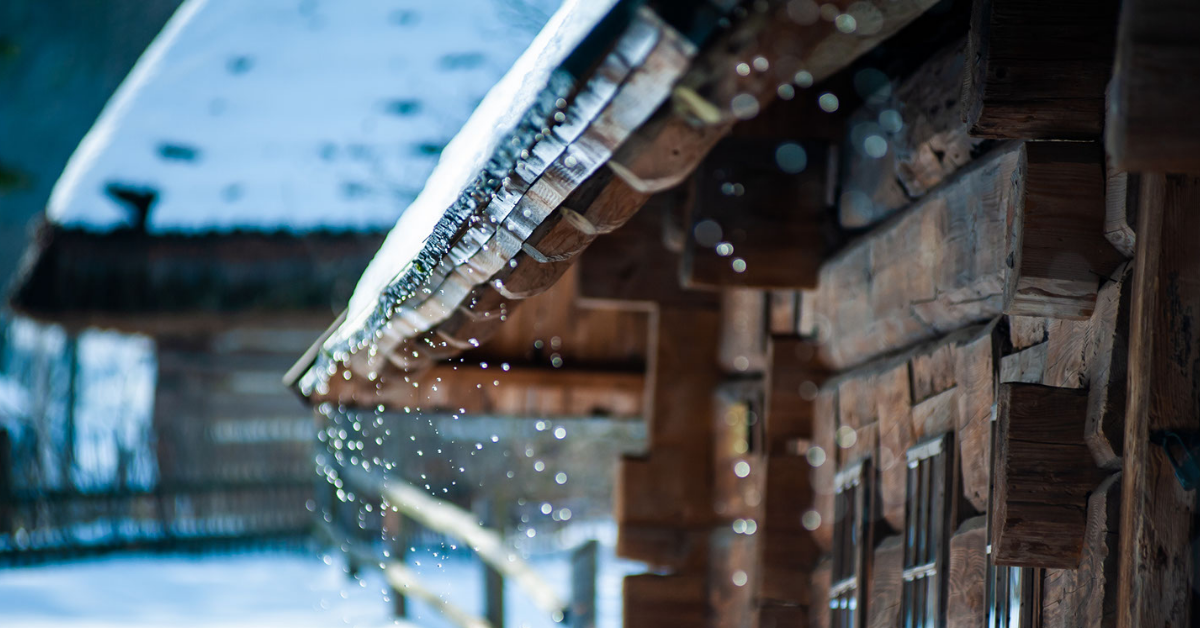Simple Steps To Lower Heating Costs And Keep You Warm

While cold temperatures mean higher heating bills, don’t forget some easy steps to make your home more energy and cost-effective this winter.
Energy dollars can pour out of your living space through drafty doors and windows as well as unused portions of the home. The Energy Education Council (EEC) encourages people to make a small investment of time for big dividends in keeping your home or apartment warm and cost-efficient this winter.
“Most winterizing steps can pay for themselves relatively quickly with heating bill savings,” says Erin Hollinshead, EEC Executive Director. “And don’t overlook simple energy-saving steps such as letting the sun warm rooms on sunny days or closing the damper when the fireplace is not in use. These are effective energy-saving tips that cost you nothing.”
Costs associated with heating and cooling account for the majority, about 44 percent of utility bills. Lowering the thermostat is the easiest way to save energy. Energy use is reduced for every degree dialed down. With an eight-hour setback of 10 degrees, the savings is about 20 percent, about 2 percent for each degree lowered over an eight-hour period. If two eight-hour setbacks of 10 degrees lower are used while sleeping and during time away from home, up to 40 percent savings can result. Turn it down when you are away from home or sleeping, and keep it to the lowest comfortable level when you’re at home. Consider installing a programmable thermostat to automatically adjust the temperature day and night.
Use these tips to help cut costs and improve heating efficiency and safety:
- Replace your furnace filter every month to save energy and improve heat circulation. And if you haven’t already, it’s not too late to have a professional check and service your furnace system to ensure peak efficiency and safety.
- Use sunlight’s natural heat to your best advantage. Open curtains and blinds on sunny days to let the sunlight warm your home, and close them on gloomy days and at night to keep the heat inside.
- Close your fireplace damper when you’re not using the fireplace to prevent heat from escaping and cold from entering through your chimney.
- As long as there’s a cold air return, you can close the vent and door for rooms you don’t use. Experts say without a cold air return, closing off a room can build up pressures that cause the furnace to work harder.
- If you have older or leaky windows, consider temporary fixes, such as plastic film kits that create the effect of an interior storm window.
- Weather stripping is relatively easy and available at your local home improvement store. Stop drafts from coming in, and heat from leaking out of your home through drafty doors and windows. You could save up to 10% of your heating costs by eliminating those leaks.
- Use caulk to seal gaps in the walls of your home or apartment. Wherever different building materials meet, or wiring comes out of a wall, there are gaps that may contribute to the loss of heat in your home.
- Invest in a water heater insulation blanket. If the top of the electric water heater is warm to the touch, you are wasting energy; this means that the heater has to work even harder to heat the water in your home and therefore, uses more energy.
- Use electronic timers for lamps and appliances. Timers can be used to automatically turn appliances on and off. This is especially useful for those times of the day when you are out of the home.
- Using a microwave to cook meals uses much less energy than a conventional oven.
- Replace incandescent light bulbs with more efficient, compact, florescent ones that use one-fourth of the energy and last substantially longer.
“Most people will be pleasantly surprised to realize double-digit percentage savings on their heating bills by using these simple measures,” Hollinshead said. “And don’t forget, saving energy is the cheapest and cleanest way to add to our energy supply.”
For more efficiency information, visit wwww.EfficiencyResource.org. The online Energy Efficiency Resource Center is a service of the non-profit Energy Education Council, supported by hundreds of organizations including utilities, businesses, educators, and others committed to promoting the safe and efficient use of energy.
Learn more at www.EnergyEdCouncil.org.